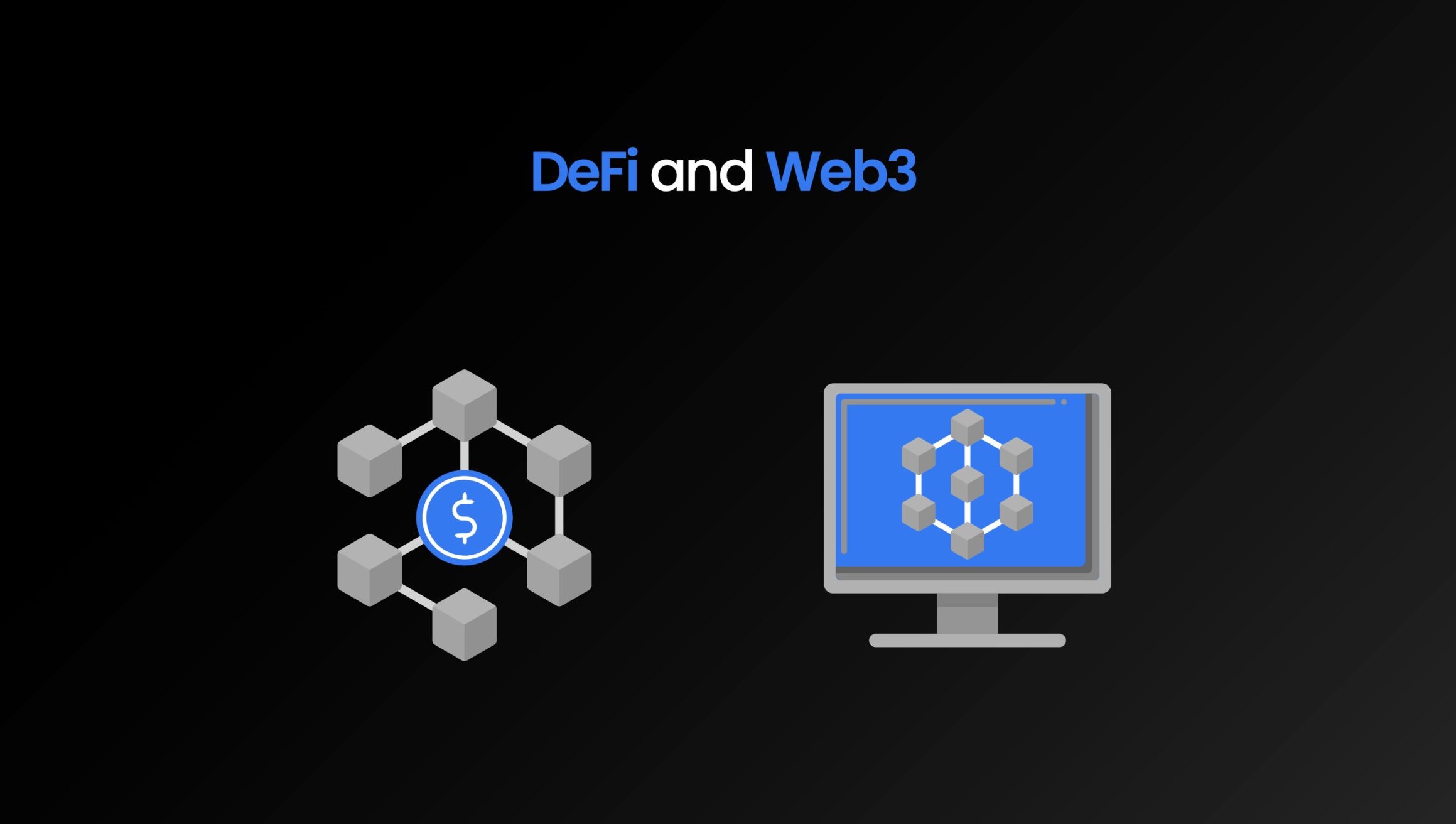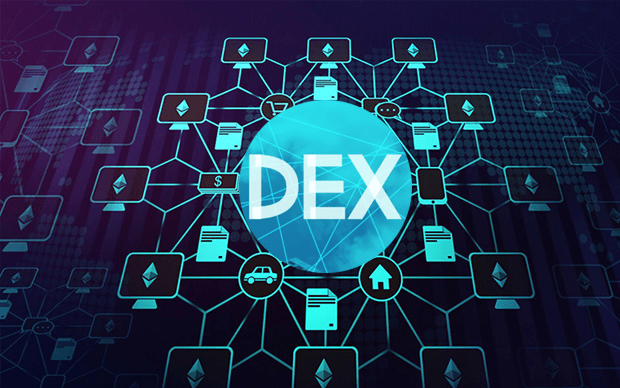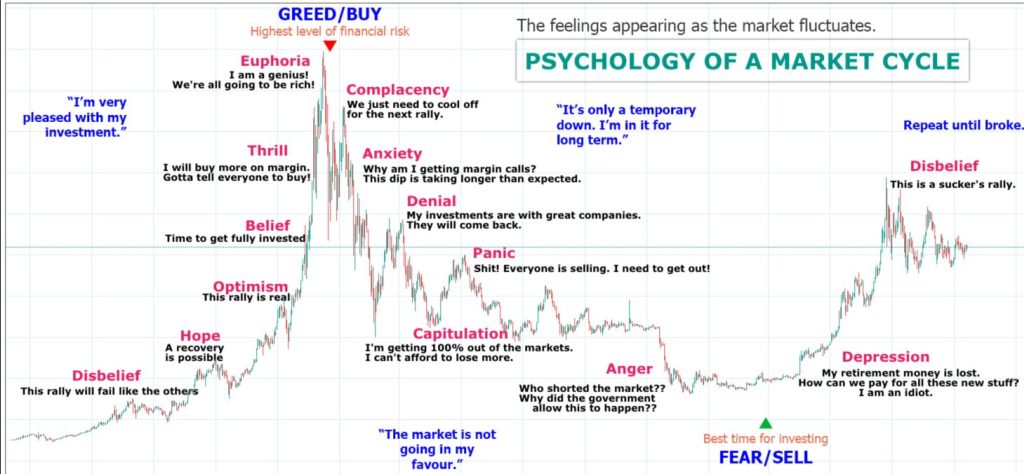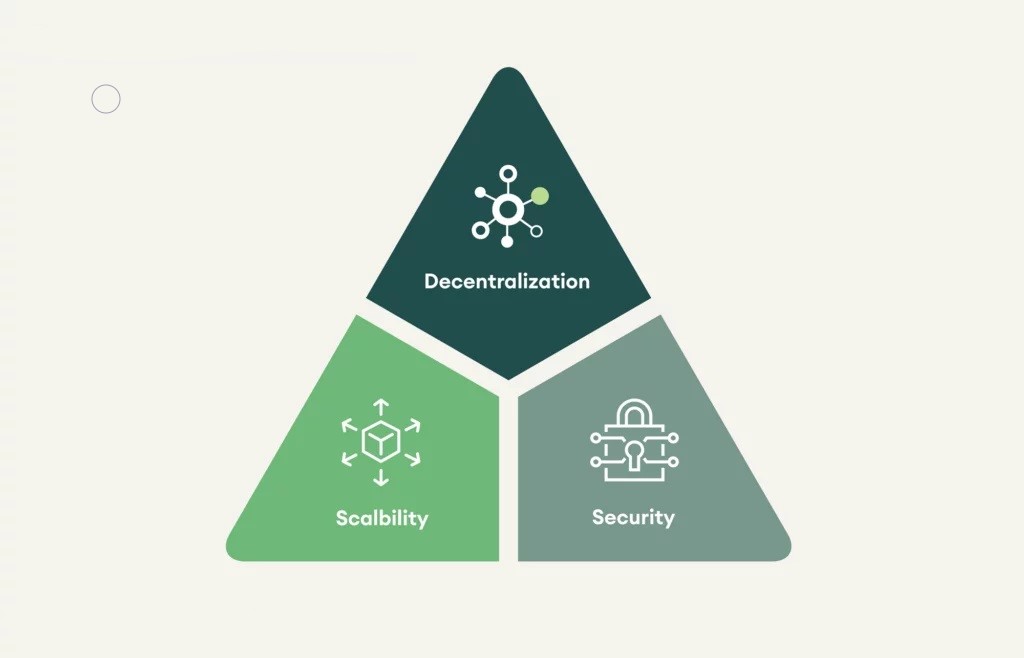DeFi vs. Web3
Web3 and decentralized finance (DeFi) represent revolutionary shifts in how we interact with the internet and financial systems. While they are related and often overlap, they are distinct concepts with different scopes and focuses.
What Is Web3?
Web3 represents the third generation of internet technology, built on blockchain principles to create a more decentralized and fair web where users control their own data, identity, and finances.
- Web1: The early internet era (1990s-2000s), featuring static web pages and limited interactivity.
- Web2: The current internet era, characterized by dynamic content, social media, mobile apps, and online transactions dominated by large companies.
- Web3: The next evolution, introducing decentralization through blockchain technology. This includes cryptocurrencies, decentralized applications (DApps), and user ownership of data.
What Is DeFi
DeFi is a subset of Web3, focusing specifically on decentralizing financial systems. It aims to provide financial services without traditional intermediaries like banks or governments.
- Permissionless Access: Anyone can participate without needing approval from a central authority.
- Transparency: All transactions are publicly visible on the blockchain.
Components of DeFi:
- Layer 1: The foundational blockchain networks like Ethereum, Bitcoin, BNB Smart Chain, and Polkadot.
- Decentralized Exchanges (DEXs): Platforms for trading digital assets without a central intermediary, using smart contracts.
- Aggregators and Wallets: Tools that help users manage and optimize their digital assets across various platforms.
- Decentralized Marketplaces: Platforms for peer-to-peer transactions without intermediaries.
DeFi vs. Web3: Key Properties Compared
Permissionless Nature
- DeFi: Allows unrestricted participation in financial services, making it accessible to anyone with an internet connection.
- Web3: Broadly permissionless, allowing for decentralized applications, governance, and data management without centralized control.
Decentralization
- Both DeFi and Web3 aim for decentralization, removing the need for central authorities and intermediaries.
Custody of Assets
- DeFi: Typically noncustodial, meaning users hold their own private keys and have full control over their assets.
- Web3: Can be either noncustodial or custodial, depending on the application. Some Web3 applications may involve third parties holding the private keys.
Economic and Governance Systems
- Both DeFi and Web3 use tokenization and decentralized governance mechanisms.
- Tokenization: Digital assets are created and can be bought in fractional amounts.
- Decentralized Governance: Users can influence the development and direction of platforms through mechanisms like proof-of-stake (PoS).
Summary
- Web3: A broader concept focused on decentralizing the entire internet, covering data, identity, and financial services. It encompasses various technologies, including DeFi, DApps, NFTs, and DAOs.
- DeFi: A specific application within Web3 that aims to revolutionize financial systems by providing decentralized, transparent, and permissionless financial services.
Understanding these distinctions helps in grasping the transformative potential of blockchain technology and its applications in creating a fairer, more decentralized digital world.



